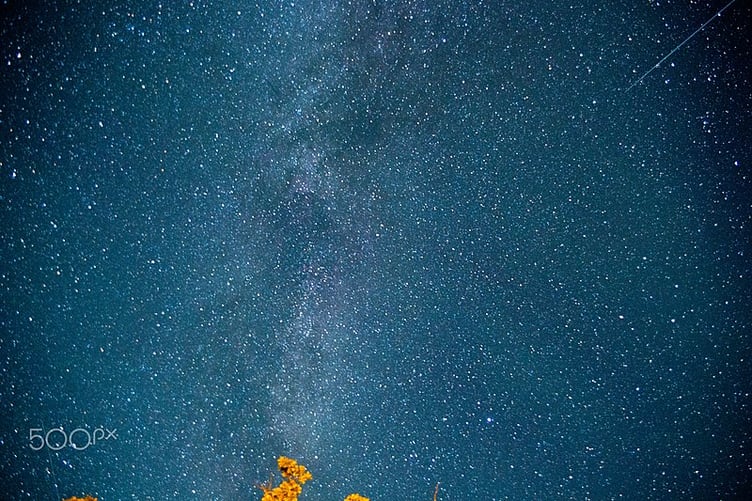AUGUST is the best season for getting outdoors in the dark. The sun sets about an hour earlier at the end of the month compared with the beginning, making it possible to start observing at a reasonable hour; and it remains warm, so do make the most of it.
As for the solar system, the sun is still pretty active and could produce auroras at any time.
The moon’s phases are as follows: First quarter, August 1; Full moon, August 9; Last quarter, August 16; New moon, August 23. The Grain Moon is so called because it aligns with the time when crops are harvested in the USA.
Regarding the planets, this month favours the dog walkers and night-shift workers who will see the early-morning sky. Mercury is best seen between August 17 and 20, while Venus and Jupiter are pretty close to each other. Saturn is another early bird; Mars, in contrast, can be seen in the western sky after sunset. Look out, too, for three stars that make up the summer triangle Vega, Deneb and Altair.
August sees the most famous meteor shower of all. The Perseids are at their peak on August 12, but should be plentiful for several days either side of that date. Unfortunately, the full moon does interfere with you seeing the fainter meteors. The parent comet is Swift Tuttle, and the meteors are caused by the dust left in its wake being burnt up in the Earth's atmosphere.
Brian Sheen runs Roseland Observatory within the grounds of Truro High School for Girls. www.roselandobservatory.co.uk





Comments
This article has no comments yet. Be the first to leave a comment.